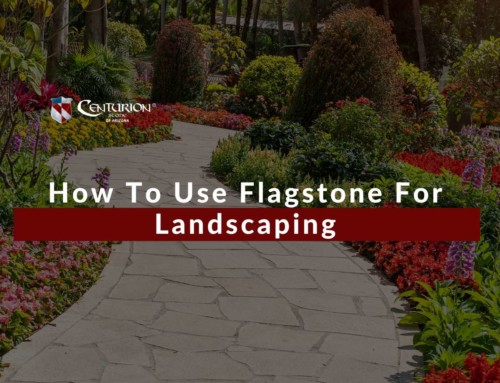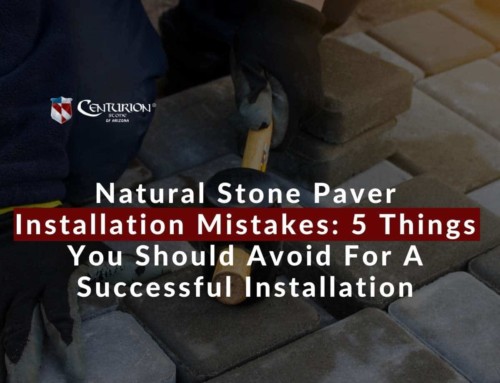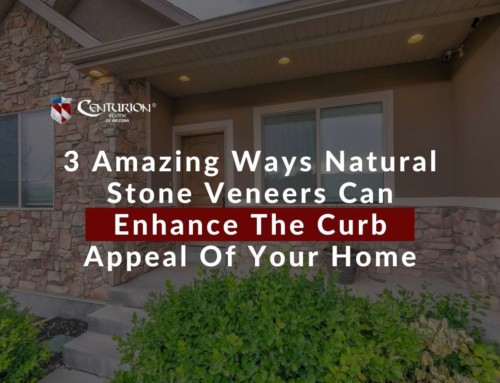The Centurion Pavers Glossary Part 1
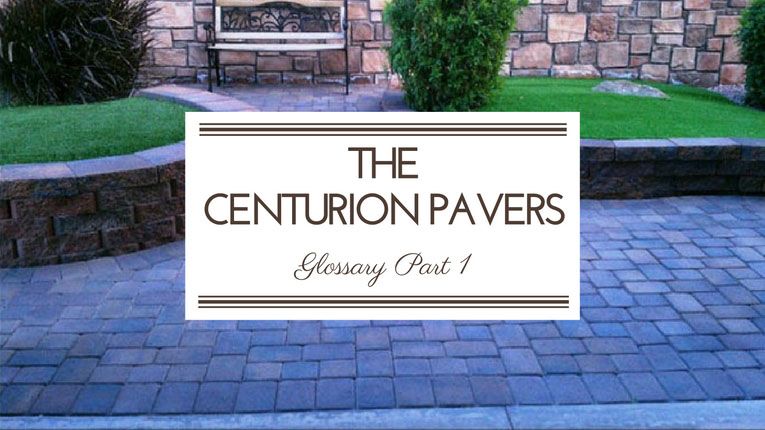
Here are a few of the common terms you are likely to hear:
Aggregate
Aggregate is used to provide a stable base for the pavers while also allowing water to pass through into the soil below. Aggregate usually consists of crushed stone, sand and fine gravel. The right base is essential to the long-term health of the patio or other paved area that is installed.
Amortec
Amortec is the top layer on Cambridge Pavers (see below). Amortec is made of high-density concrete, sand and coloring. Not only is the material very durable, but it can also be made in a variety of colors for many design options.
Aspect Ratio
You may hear your stone contractor in Apache Junction refer to the aspect ratio of the stone pavers when discussing your project. Aspect ratio refers to the length of a paver divided by the thickness of it. The contractor must know the aspect ratio to determine things like design and how much weight the patio or walkway can bear.
Bitumen
Bitumen is made from a mix of asphalt and neoprene, and it is used as an adhesive under pavers. Bitumen helps to hold pavers in place by securing it to the base layer, which consists of compact sand and crushed stone.
Bluestone
Bluestone is just a type of rock that appears blue when it is wet or has been broken. Bluestone is the nickname – it is technically dolerite. It is a beautiful stone that can be used for landscape pavers and other decorative pavers, and it provides variety in its look thanks to its “color changing” properties.
 Bulge
Bulge
Also known as the “belly,” bulge refers to the convex shape that occurs in concrete pavers when too much water is mixed with the concrete. The pavers look like they have a hump at the center, which can detract from the overall look of the patio or walkway. In severe cases, bulge can also create a safety hazard since it can cause people to trip.
Cambridge Pavers
Cambridge Pavers look like natural stone pavers, but they are 100 percent manufactured. They also have a top layer of Amortec (see above) for durability. These pavers come in a variety of colors, giving you more flexibility in your design options.
Cation
Cation occurs when metal ions found in stormwater runoff bond with particles in the soil, creating positively charged atoms. It is important that stormwater runoff is properly managed around your pavers, and that the right base is used under the pavers to prevent damage to the soil below.
Chamfer
A chamfer is a paver with a beveled edge. This feature makes it easier for water to drain off the pavers, as well as for snow to be removed. Since the edges are often chipped during cleaning of pavers, this feature also helps to reduce chipping.
Compressive Strength
Compressive strength refers to how much weight pavers can bear. Compressive strength is measured in pounds per square inch or newtons per square milliliter. It is important to know the compressive strength of the pavers to determine what material can be used for the project in mind. Most pavers can be used for walkways, for example, but patio pavers will need to be able to bear more weight for furniture, planters, grills and more.
 Edge Restraint
Edge Restraint
Grass and soil are not enough to hold pavers in place. If the pavers end at the soil, an edge restraint needs to be used to hold them in place. The restraint can be visible, or it can be sunk into the ground so you only see the pavers. An edge restraint may not be needed if pavers meet with a wall or foundation.
Efflorescence
When your pavers are installed, you may notice a white hazy appearance on the surface. This is known as efflorescence. The process occurs naturally when calcium carbonate appears on the surface of the stone pavers. Your paver supply company in Apache Junction can recommend a cleaning product to get rid of it, or it will go away on its own over time.
Geogrids
Geogrids can be placed between the soil and the base material to provide stability when heavy pavers are used. The grids can be two-dimensional or three-dimensional, and they help keep the pavers from moving or settling with the soil.
Interlocking Pavement
An interlocking pavement is designed so that the individual pavers are not able to move independently. The pavers are laid in an interlocking pattern and compacted, and the joints are filled with sand and compacted to prevent movement.
 Joint
Joint
The space between pavers. This space can be filled with sand or mortar, or it can be left open. The choice depends on what kind of pavers are used, what kind of strength is needed, the condition of the surrounding soil, and more.
Layer Coefficient
The layer coefficient refers to the strength of the pavers and other materials per inch of thickness for each pavement layer. It is important to know the layer coefficient to determine the strength and durability of the pavement and whether it will be sufficient for the intended use of the pavement.
Centurion Stone of Arizona aims to provide you with all the answers to your questions about stone and landscape pavers. Call us in Arizona to learn more about your paver options or to get a quote for your home renovation or landscaping project. We carry a wide range of stone pavers in a variety of colors, sizes and materials, ensuring you can get the look you want. We are the premiere paver supply company in Arizona, and we have a reputation for exceeding our customers’ expectations for pavers.
Published By:
MESA LOCATION
1608 N Greenfield Rd
Mesa, AZ 85205
Office: 480-654-2995
Email: [email protected]
Website: centurionstoneofaz.com
PRESCOTT LOCATION
8950 Long Mesa Drive
Prescott Valley, AZ 86314
Office: (928) 759-8543

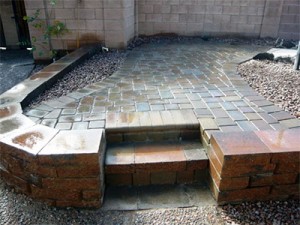 Bulge
Bulge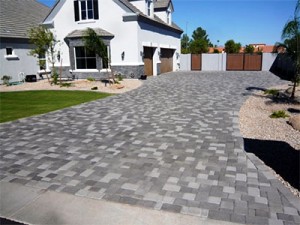 Edge Restraint
Edge Restraint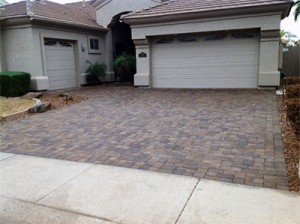 Joint
Joint